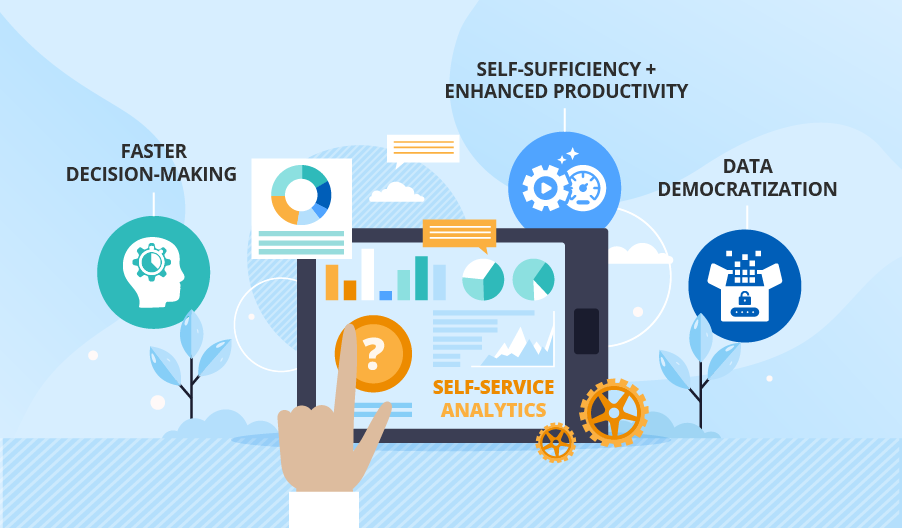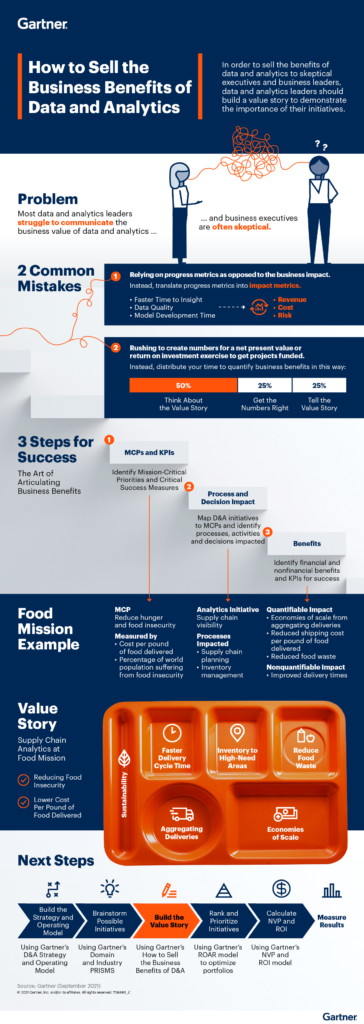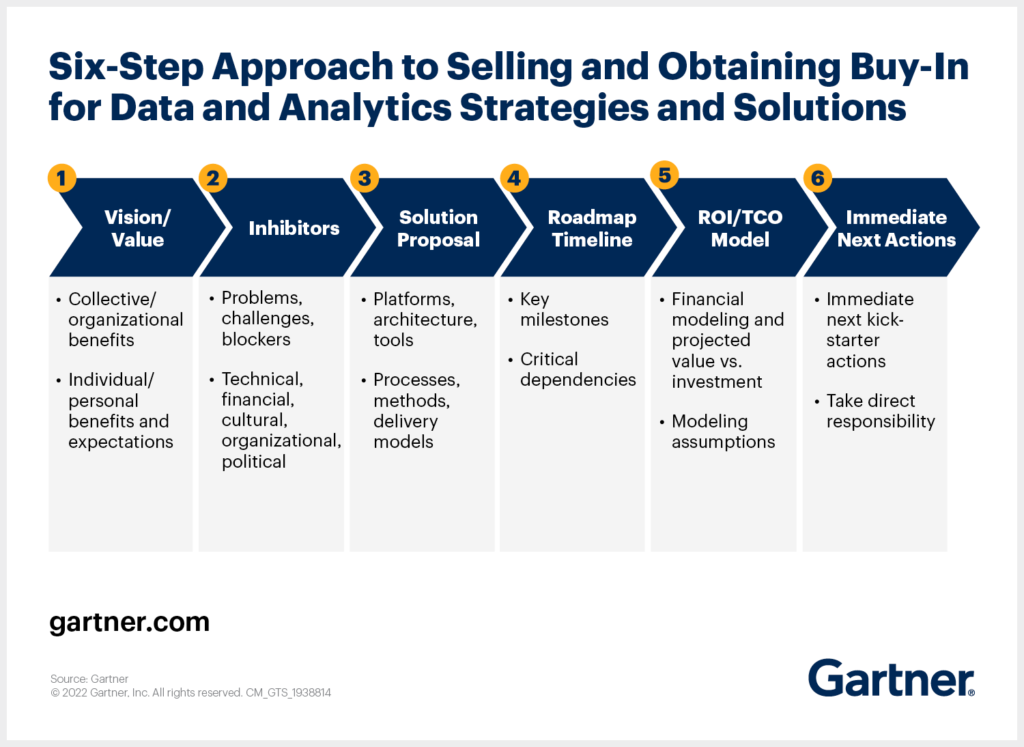Data analytics has emerged as one of the most critical skills in today’s technology-driven world. With the explosion of data in recent times, businesses, government agencies, and other organizations are increasingly relying on data analytics to make informed decisions. But as the demand for these skills grows, so does the question of whether data analytics is a STEM field.
STEM, which stands for Science, Technology, Engineering, and Mathematics, is a broad term used to describe fields that involve scientific and mathematical principles. While data analytics involves a significant amount of mathematics and statistics, it also involves the use of technology and software tools. Therefore, it is a field that straddles the line between STEM and other disciplines. In this article, we will delve deeper into the question of whether data analytics is a STEM field and explore the skills and knowledge required to succeed in this exciting field.

Data Analytics and STEM
Data analytics is the process of examining data sets to draw conclusions about the information they contain. It is a broad field of study that encompasses many different techniques and approaches, including data mining, machine learning, and artificial intelligence. Data analytics is increasingly being used in businesses, government, and other organizations to uncover trends and make better decisions.
What is STEM?
STEM stands for Science, Technology, Engineering, and Mathematics. It is a term used to describe the collective fields of science, technology, engineering, and mathematics. STEM courses have become increasingly popular in recent years, as employers seek professionals who understand the complexities of these fields and can apply them in the workplace.
STEM-related jobs are expected to grow significantly over the next decade, with the U.S. Bureau of Labor Statistics estimating that STEM-related occupations will grow by 13 percent by 2029. STEM is a rapidly evolving field, and new technologies and approaches are being developed all the time.
Is Data Analytics a STEM Field?
Data analytics is often grouped with STEM fields due to its focus on the use of science, technology, engineering, and mathematics to uncover insights. Data analytics utilizes a variety of methods and approaches from these fields, such as data mining, machine learning, and artificial intelligence, to draw conclusions and make decisions.
Data analytics is also becoming increasingly important in the workplace. Companies are using data analytics to gain a better understanding of their customers, uncover trends, and make better decisions. As such, data analytics is becoming an essential skill for those looking to pursue a career in the STEM fields.
Frequently Asked Questions
Data analytics is the process of examining data sets in order to draw conclusions about the information they contain, increasingly with the aid of specialized systems and software.
What is data analytics?
Data analytics is the process of gathering, analyzing, and interpreting large sets of data with the goal of uncovering patterns, trends, and correlations. This process can be used to uncover insights, such as customer buying patterns, product preferences, and other valuable information. Data analytics also involves using statistical techniques to understand data and uncover patterns and trends.
Data analytics is a broad field that encompasses many different types of data analysis. It can involve anything from simple descriptive statistics to complex machine learning algorithms. Data analytics can also be used to develop predictive models and make forecasts.
What are the different types of data analytics?
Data analytics can be divided into two main categories: descriptive and predictive. Descriptive data analytics involves summarizing and analyzing data in order to gain an understanding of the data. This type of data analysis is often used to identify patterns and trends in the data. Predictive data analytics, on the other hand, uses machine learning algorithms to make predictions about future outcomes. Predictive analytics can be used to forecast customer behavior, predict sales, and identify potential risks.
In addition, data analytics can also be divided into two other categories: structured and unstructured. Structured data analytics involves analyzing data that is stored in a structured format, such as a database. Unstructured data analytics involves analyzing data that is not stored in any particular format, such as text or images.
What are the benefits of data analytics?
Data analytics can provide a number of benefits to organizations. By analyzing data, organizations can gain insights into customer behavior, identify potential opportunities, and improve decision-making. Data analytics can also be used to identify and reduce risks, improve efficiency, and save costs.
Data analytics can also help organizations gain a competitive edge. By leveraging data to make informed decisions, organizations can gain an advantage over their competitors. Data analytics can also be used to identify potential customer segments and target them with customized marketing campaigns.
How is data analytics used?
Data analytics is used in a variety of industries and applications. It can be used to analyze customer data to identify trends and patterns in customer behavior. It can also be used to predict customer behavior and identify potential customer segments. Additionally, data analytics can be used to develop predictive models and make forecasts.
Data analytics can also be used to optimize operations and improve efficiency. Organizations can use data analytics to identify problems in their processes and develop solutions. Additionally, data analytics can be used to monitor performance and identify areas for improvement.
What skills are needed for data analytics?
Data analytics requires a broad set of skills, including knowledge of statistics, data analysis methods, and data visualization techniques. Additionally, data analysts must have strong problem-solving and communication skills in order to effectively interpret and present data.
Data analysts must also have a solid understanding of the data they are analyzing. They must be able to identify patterns and trends in the data and draw meaningful conclusions from it. Additionally, data analysts must be able to identify potential risks and develop solutions to address them.
Should I pursue data analyst masters in USA?
In conclusion, data analytics is undoubtedly a STEM field. It requires a strong foundation in mathematics, statistics, and computer science to effectively analyze and interpret large amounts of data. Professionals in this field use their technical skills to derive meaningful insights and make data-driven decisions that can have a significant impact on businesses, industries, and society as a whole.
Moreover, the demand for data analytics professionals is rapidly growing, with job opportunities expected to increase in the coming years. As the world becomes more data-driven, there will be a greater need for individuals with the necessary STEM skills to make sense of the vast amounts of information available. Therefore, it is essential for students and professionals alike to develop a strong foundation in STEM subjects if they wish to pursue a career in data analytics and contribute to the advancement of this exciting field.



